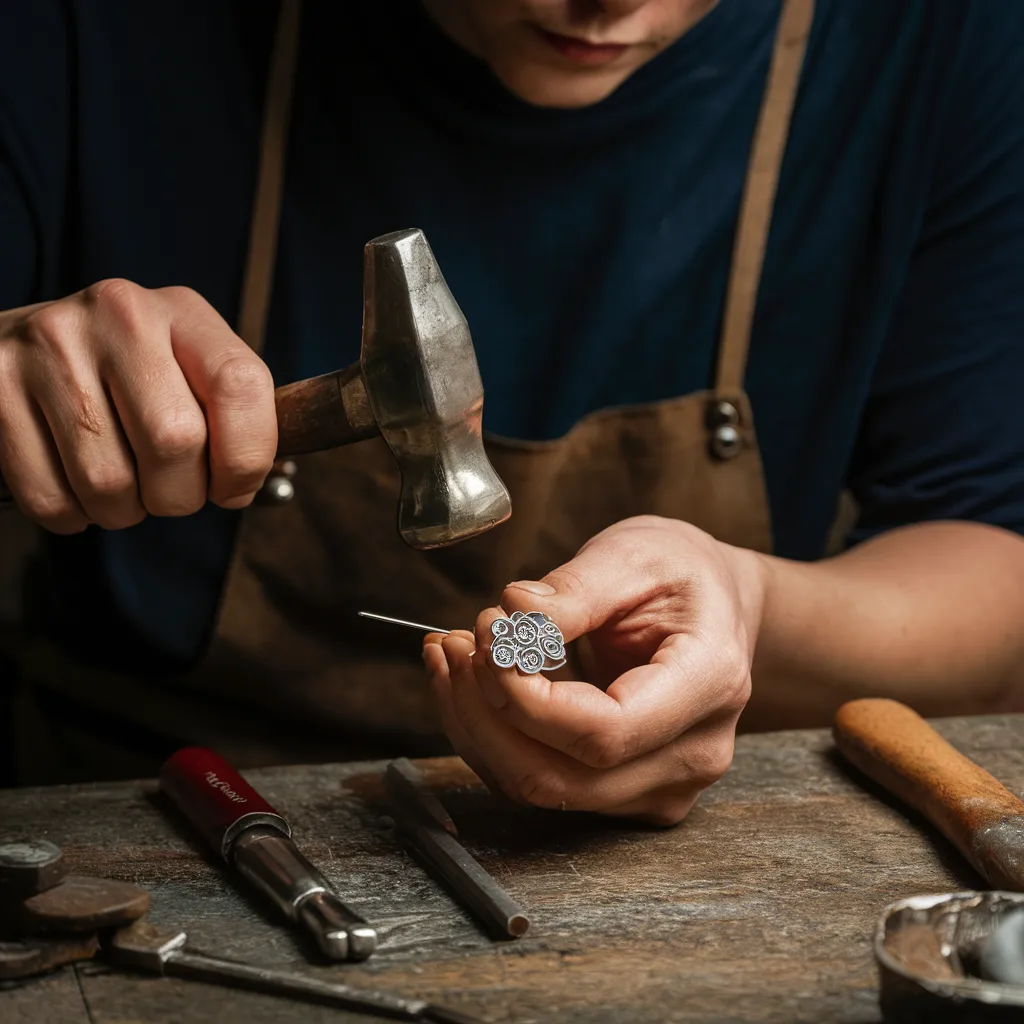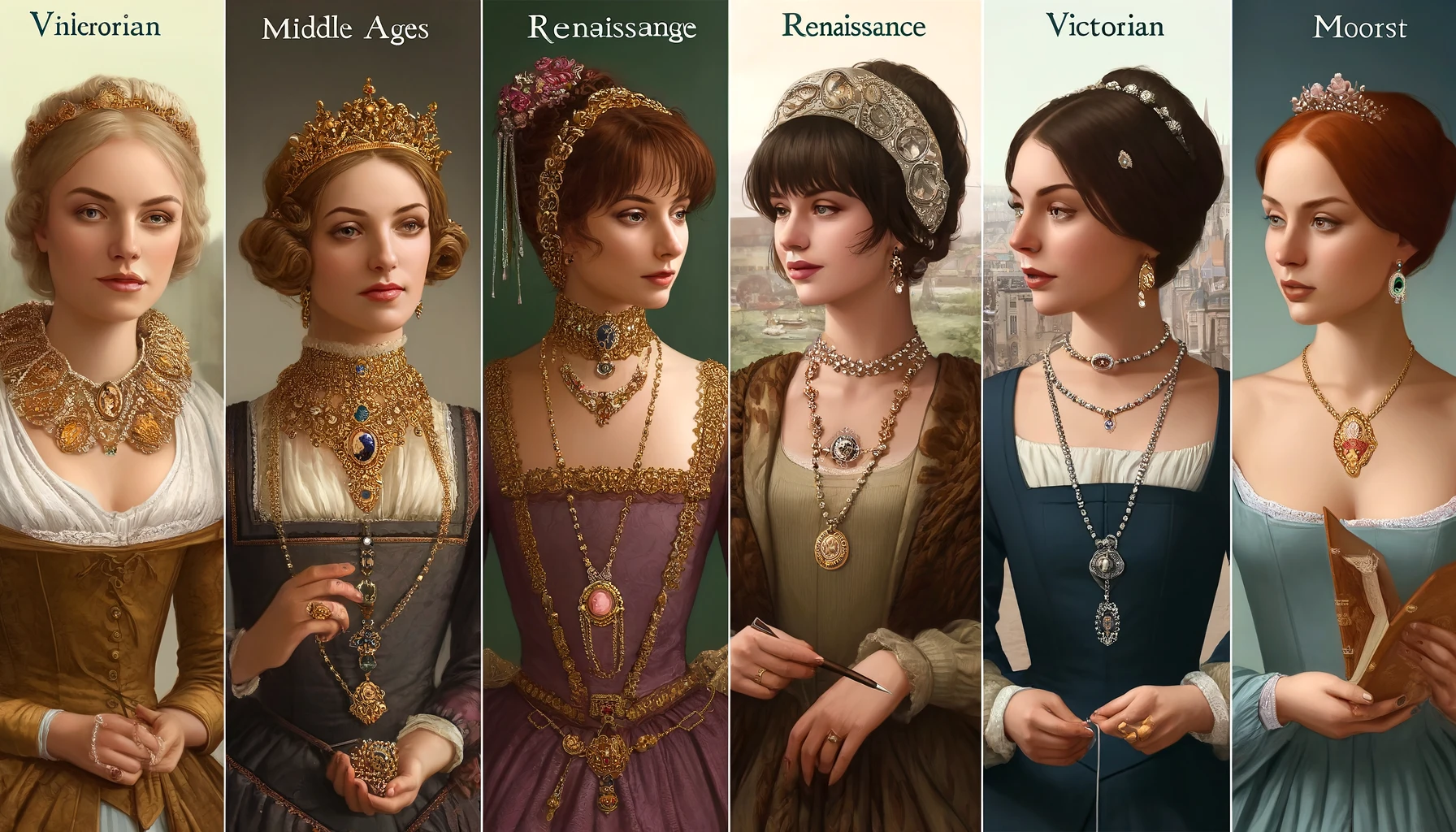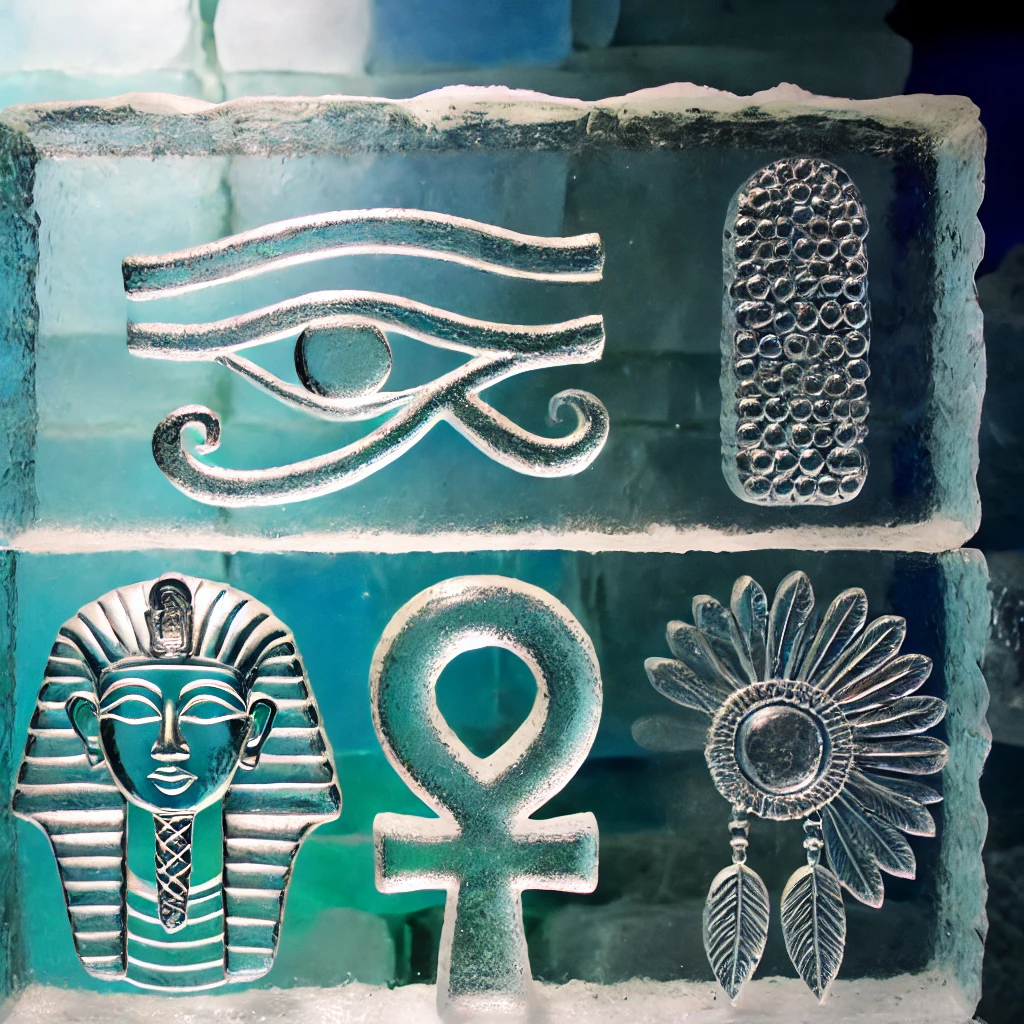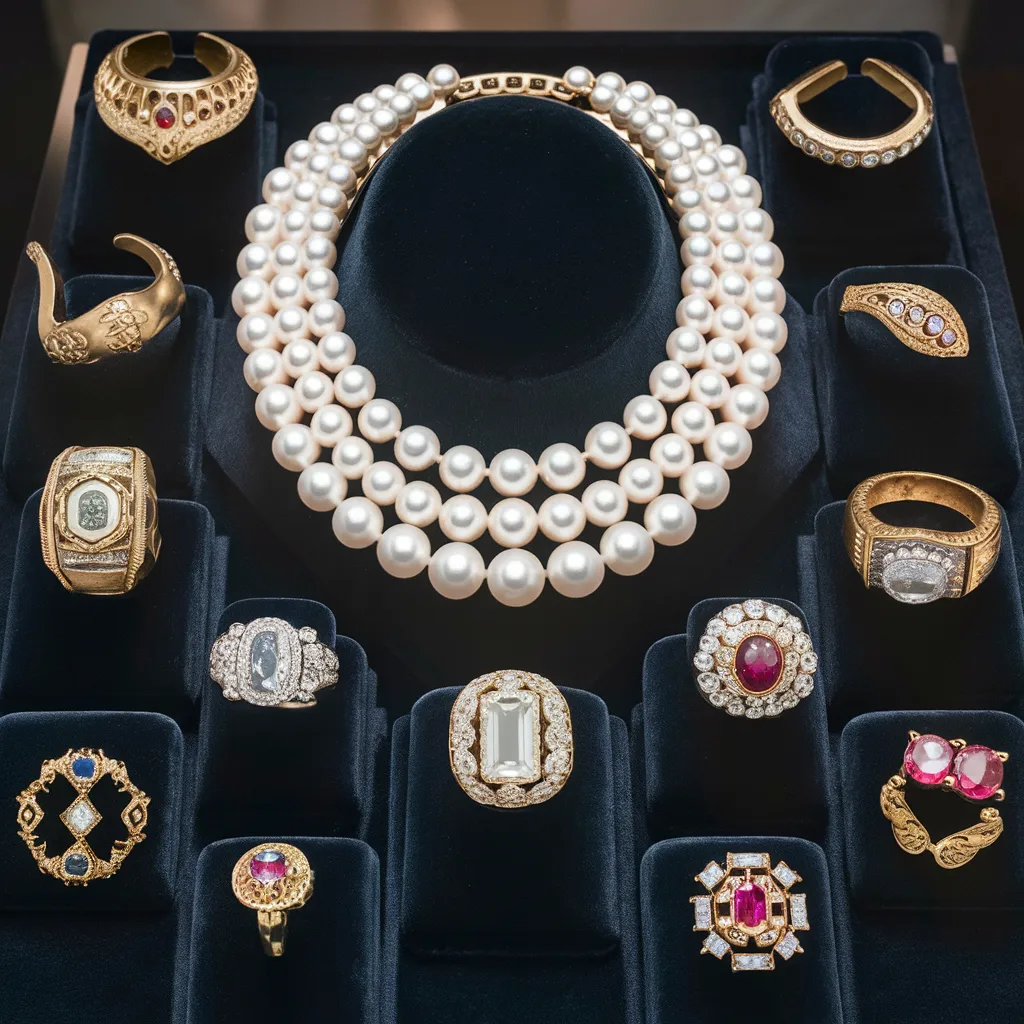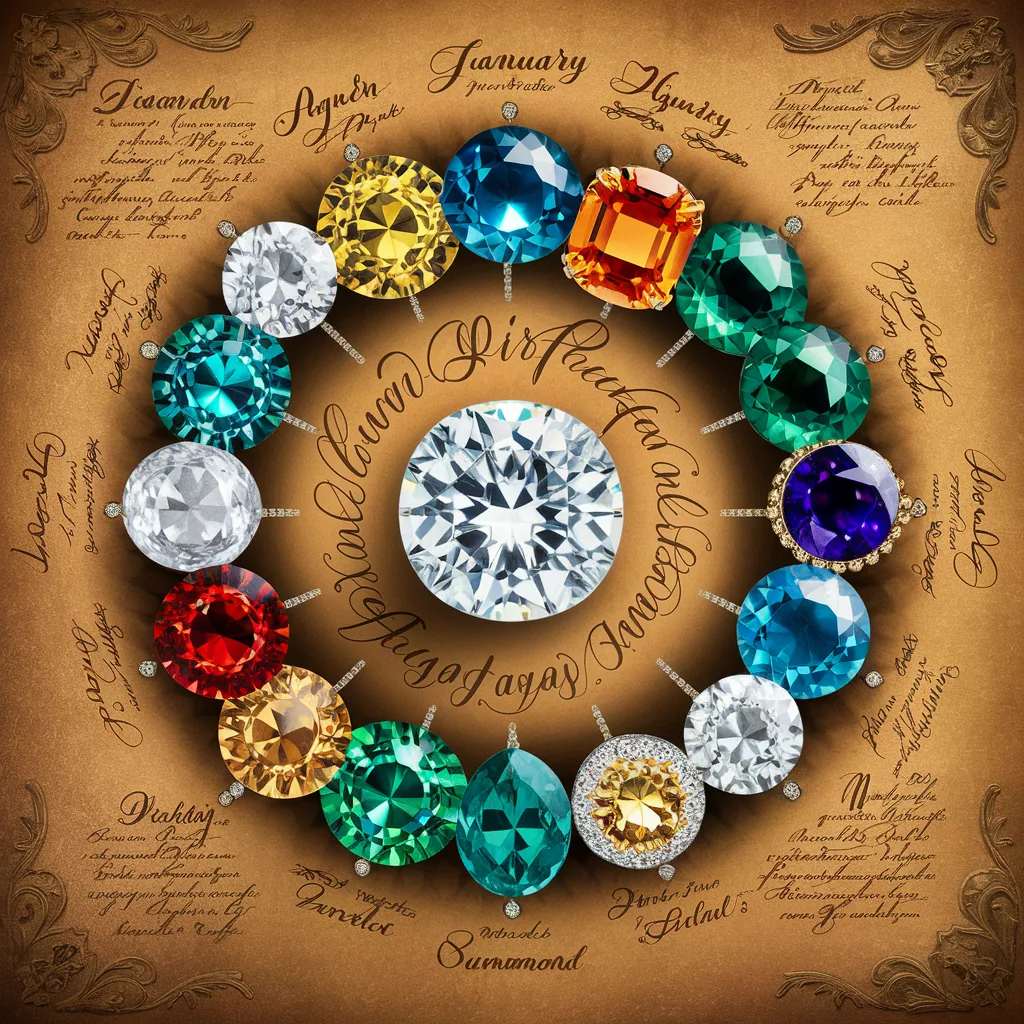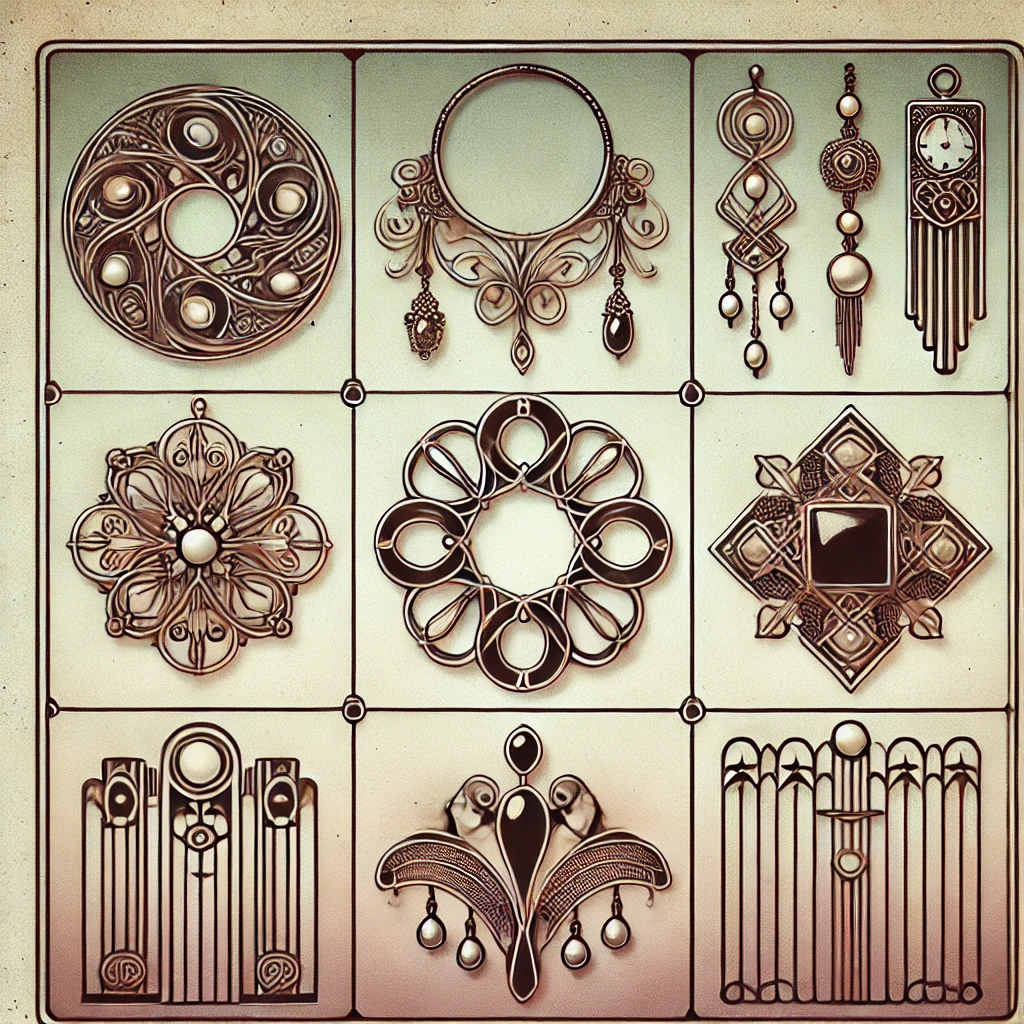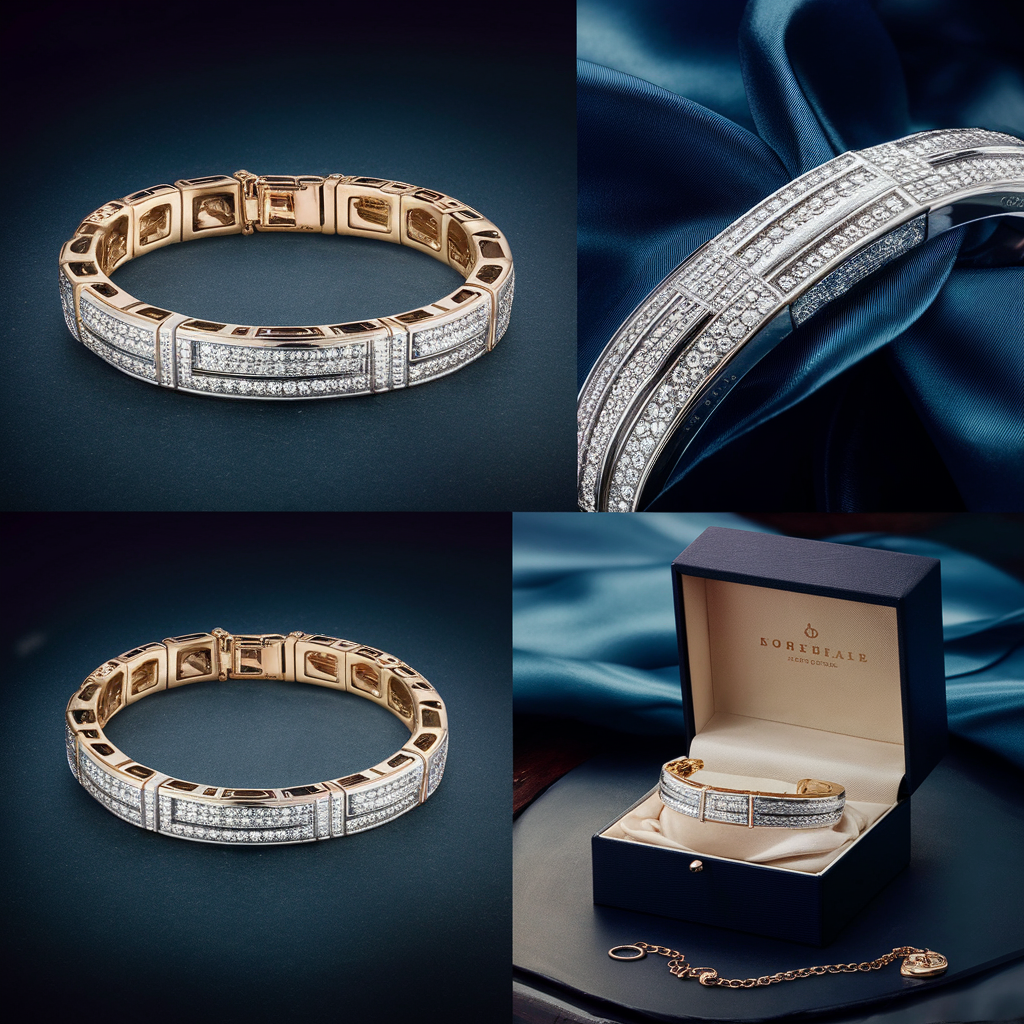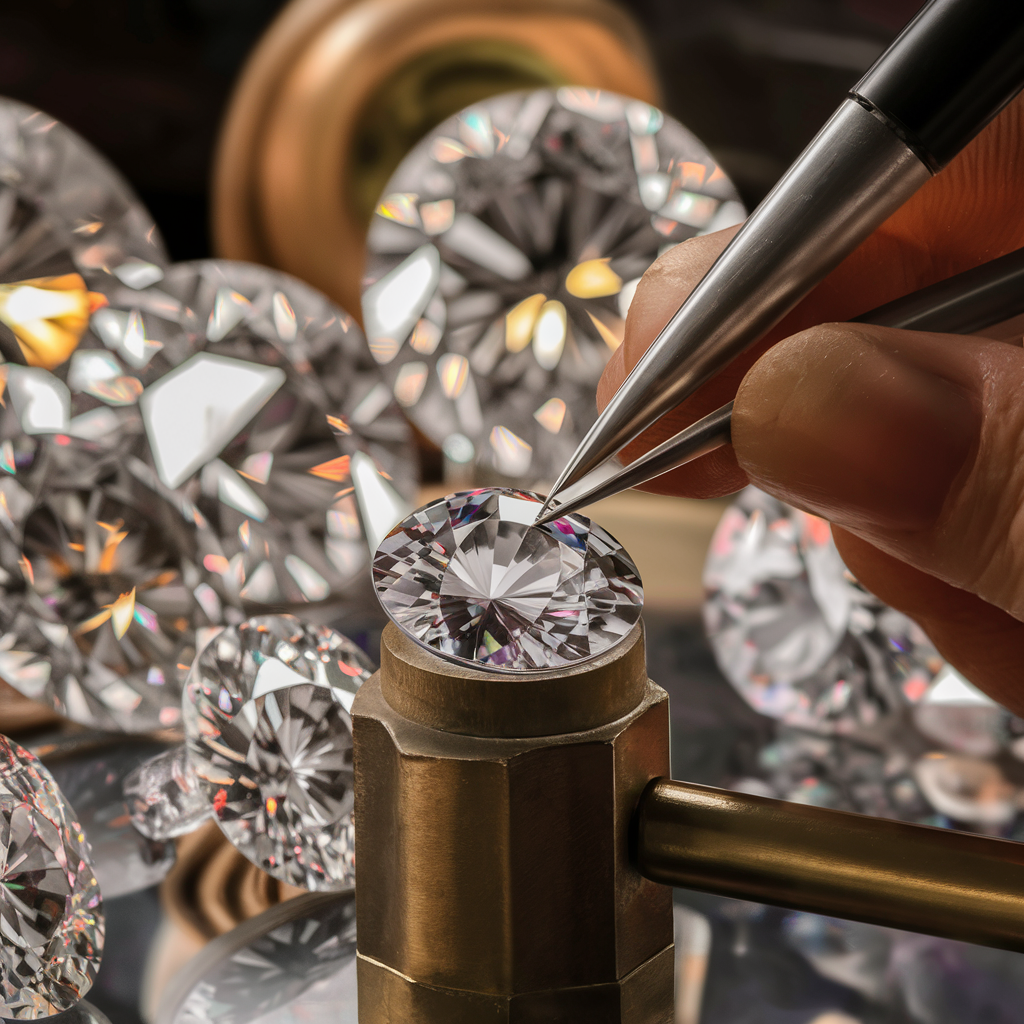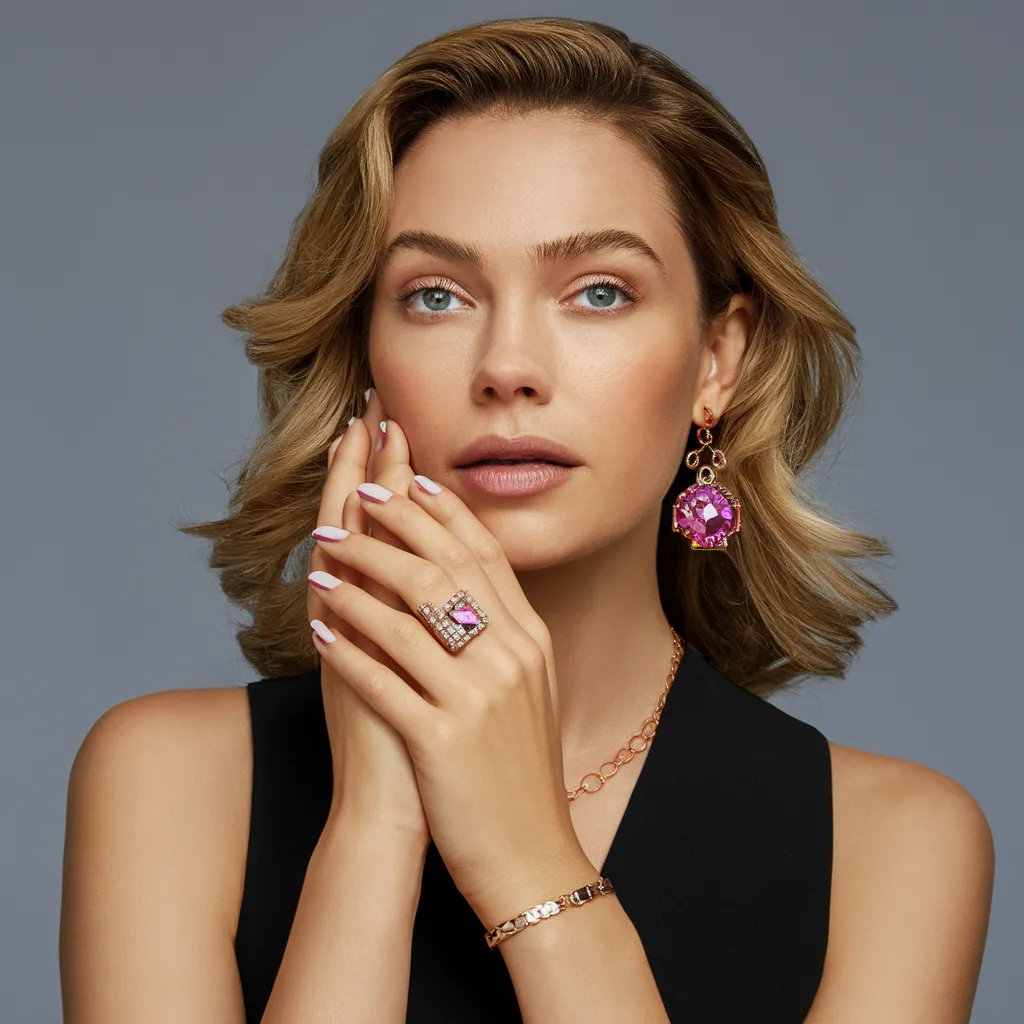
Swarovski Matrix Crystal Ring: Pink Crystal, Rose Gold-Tone Finish
Rings have held a significant place in human culture for thousands of years, symbolizing everything from love and commitment to power and eternity. This article delves into the rich history, cultural significance, and contemporary styles of rings, exploring why they remain one of the most cherished and meaningful pieces of jewelry today.
Historical Significance
Rings have been worn by various civilizations throughout history, each attributing different meanings and purposes to these small yet powerful adornments.
-
Ancient Egypt: The Egyptians are credited with creating the first known rings, which were often made from woven reeds or leather. These rings were symbolic of eternal love and were placed on the fourth finger of the left hand, believed to be connected directly to the heart via the "vena amoris," or the vein of love.
-
Ancient Rome: Roman rings were often made of iron, signifying strength and permanence. Wealthier Romans wore gold rings to display their social status. Engagement rings originated in Rome, where men gave women rings as a symbol of ownership and agreement to marry.
-
Middle Ages: Rings became more ornate during the medieval period, often adorned with gemstones and intricate designs. The use of signet rings was prevalent, which were used to seal documents and signify authority.
-
Renaissance and Beyond: Rings continued to evolve in style and significance, with the Renaissance period seeing an explosion of creativity in ring designs. Rings became symbols of artistic expression, personal sentiment, and political alliances.
Symbolism and Cultural Significance
Rings are laden with symbolism that varies across different cultures and contexts.
-
Wedding and Engagement Rings: Perhaps the most universally recognized symbols of love and commitment, wedding and engagement rings signify a promise of eternal love and fidelity. The tradition of exchanging rings during marriage ceremonies is prevalent in many cultures worldwide.
-
Signet Rings: Historically, signet rings were used to authenticate documents. The wearer’s unique seal was engraved on the ring, making it a powerful symbol of identity and authority.
-
Religious Rings: Rings hold significant religious connotations, such as the Pope’s Fisherman’s Ring, which symbolizes his authority and role as the leader of the Catholic Church.
-
Fashion and Status: Rings are also worn as fashion statements and symbols of social status. Throughout history, rings adorned with precious gemstones have been used to display wealth and power.
Types of Rings
The diversity in ring styles and types is vast, catering to various tastes, occasions, and cultural significances.
-
Solitaire Rings: Featuring a single gemstone, often a diamond, solitaire rings are classic and timeless, often used as engagement rings.
-
Eternity Rings: Characterized by a continuous line of identical gemstones, eternity rings symbolize everlasting love and are often given on significant anniversaries.
-
Cocktail Rings: Large, bold, and often featuring oversized gemstones, cocktail rings are designed to make a statement and are typically worn for special occasions.
-
Stackable Rings: These rings are designed to be worn together in layers, allowing for personalization and versatility in style.
-
Birthstone Rings: Featuring the wearer’s birthstone, these rings are personalized and often given as gifts for birthdays or other significant milestones.
Contemporary Trends
In recent years, ring designs have seen innovative trends that blend tradition with modern aesthetics.
-
Sustainable and Ethical Rings: With increasing awareness of environmental and ethical concerns, many jewelers are creating rings using sustainably sourced materials and ethically mined gemstones.
-
Custom and Personalized Rings: The demand for unique and personalized jewelry has led to a rise in custom-made rings, allowing individuals to create pieces that reflect their personal style and story.
-
Minimalist Designs: Modern ring designs often favor simplicity and elegance, with minimalist styles becoming increasingly popular for their timeless appeal.
-
Technology Integration: The integration of technology into jewelry design is an emerging trend. Smart rings, which can track fitness, make payments, and even unlock devices, represent the future of wearable technology.
Buying Guide
When purchasing a ring, several factors should be considered to ensure you choose the perfect piece.
-
Material: Rings can be made from a variety of materials, including gold, silver, platinum, and titanium. Each material has its own properties and price points, so it's essential to choose one that suits your preferences and budget.
-
Gemstones: The type, quality, and size of gemstones significantly affect a ring's appearance and value. Diamonds are the most popular choice, but sapphires, emeralds, and rubies are also highly sought after.
-
Design and Craftsmanship: The design and craftsmanship of a ring are crucial in determining its overall quality and durability. Look for reputable jewelers who are known for their high standards of workmanship.
-
Fit and Comfort: Ensuring the ring fits well and is comfortable to wear is essential. Rings that are too tight or too loose can be uncomfortable and may cause damage over time.
-
Certification and Warranty: When purchasing a ring, especially one with precious gemstones, it's important to obtain certification from a recognized gemological institute. Additionally, a warranty can provide peace of mind in case of any defects or issues.
Maintenance and Care
Proper maintenance and care are vital to keep your rings looking their best.
-
Regular Cleaning: Rings should be cleaned regularly to remove dirt and oils that can dull their appearance. Use a soft brush and mild soap solution to gently clean the ring, avoiding harsh chemicals.
-
Storage: Store rings in a soft cloth or jewelry box to prevent scratches and damage. Keeping rings separate from other jewelry can also help prevent any unwanted contact and abrasion.
-
Professional Inspections: Have your rings inspected by a professional jeweler periodically to ensure the settings are secure and the gemstones are not loose.
-
Avoiding Damage: Avoid wearing rings during activities that could cause damage, such as heavy lifting, gardening, or swimming in chlorinated pools.
Conclusion
Rings are more than just pieces of jewelry; they are powerful symbols of love, commitment, and identity. From their ancient origins to their contemporary designs, rings have retained their significance and allure throughout the centuries. Whether you're looking for a timeless engagement ring, a statement piece, or a personalized token of affection, the perfect ring can hold a deep and lasting meaning. By understanding the history, symbolism, and trends associated with rings, you can make an informed choice and find a piece that resonates with your personal style and story.

